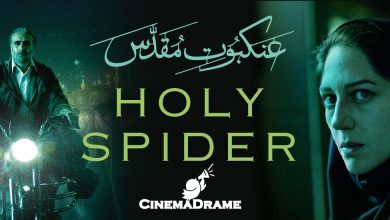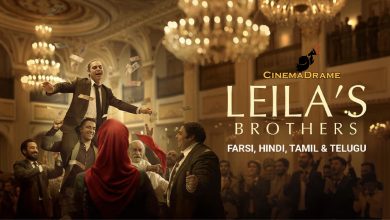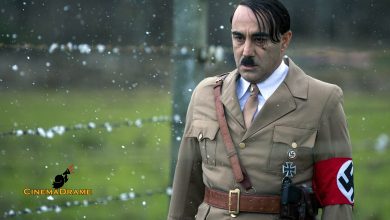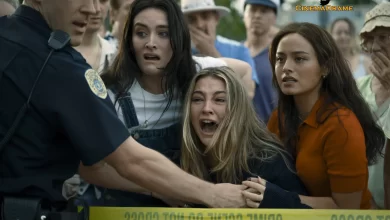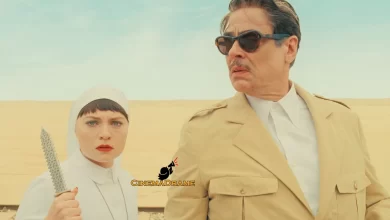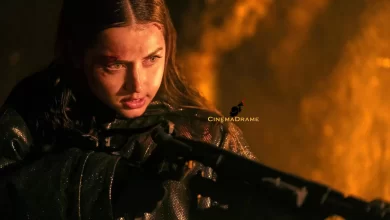Loghman Madayen’s critique of The Banshees of Inisherin
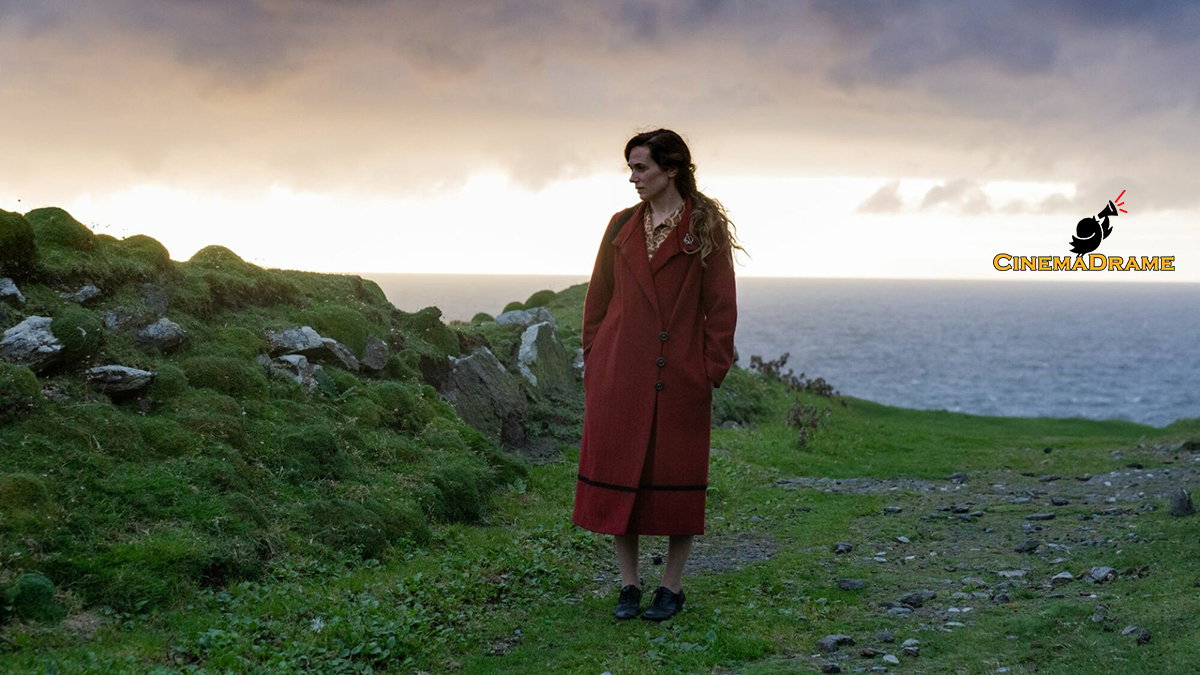

According to cinemadrame News Agency, Loghman Madayen, a film critic, penned an exclusive note on the film The Banshees of Inisherin, writing: Everything in The Banshees of Inisherin is sharply defined and profoundly Irish—the lifestyle, the clothing, the accents, the bitter archetypes, the mysteries, and the spirit and governance of village life are all vividly and faithfully portrayed. The film encapsulates a whole cultural microcosm.
Although the story is set in 1923, near the end of the Irish Civil War, any attempt to align the characters’ conflict with the war itself is inaccurate. The Irish Civil War was rooted in tensions between native Catholics and the colonizing English Protestants. Yet here, we are witnessing a rupture between two Catholic characters. Despite its setting in a remote village, the narrative expands and contracts, echoing universal themes and extending its reach to the contemporary world.
This is not a film where logic or rational cause-and-effect governs the plot. Rather, the director employs every available device—symbolic, tonal, and emotional—to convey meaning. It’s a film unbound by realism, shaped instead by metaphor and critique.
The film speaks to the dark reign of the Catholic Church over a weary, spiritually stifled people. It portrays a bishop who deems himself God’s unquestionable representative on Earth—one who tolerates no dissent. The religion depicted here does not serve its flock; it only seeks control. We see a police force willing to kill a good man for a handful of coins, thriving on gossip, repression, and obedience. It functions as the violent hand of a totalitarian church—one that will even brutalize its own child to manufacture obedience. To satisfy its desires, it sacrifices its soul and abandons principle.
The culture depicted is rotten at its root. The majority of the village is entangled in this corruption: they revere the very church that binds them, and they respect the very police that oppress them. In such a society, a figure like Siobhán Súilleabháin—educated, rational, and luminous—is mocked, isolated, and ridiculed. This, perhaps, is the film’s deepest wound, and it calls to mind the famous line by Iranian poet Shafiei Kadkani:
“He must taste the torment of solitude, he who is beyond his age.”
A society without healers is one that has lost awareness of even its most basic rights. A society without children is one devoid of affection and sacrifice—where finding a true friend is as rare as gold. In such a place, perhaps Pádraic may be forgiven for hoping that the cruelty of a day is nothing more than an April Fools’ joke.
Siobhán, alienated and suffocated in a community with which she shares no spiritual kinship, ultimately chooses to emigrate—seeking a world where peace might still be possible. Her attempt to rescue her brother from this village—a symbol of a regressive and diseased society—fails. In the end, ignorance prevails.
Pádraic Súilleabháin and Colm Doherty represent opposing forces: tradition and modernity. Colm embodies the curiosity, restlessness, and open-mindedness of modern thought; Pádraic clings to the comfortable inertia of the old ways. Though they attempt to maintain their friendship, the chasm between them deepens. As modernity evolves and tradition lags behind, reconciliation becomes impossible.
And yet, the film never caricatures these positions. It gracefully illustrates modernity’s patient and civilized sensibility confronting tradition’s ignorance, anger, and rigidity. Tradition, desperate to hold on, seeks to possess the modern spirit—on its own terms. In one of the film’s most memorable sequences, we see a real-world embodiment of Voltaire’s famous maxim:
“I disapprove of what you say, but I will defend to the death your right to say it.”
When Colm warns Pádraic that he will sever his own fingers if Pádraic does not respect his solitude, he is choosing to wound himself rather than inflict harm on his former friend. This becomes one of the film’s boldest portrayals of non-violent resistance: a civil struggle in which even amid loss, humiliation, and threat to life, one side refuses to feed the cycle of violence.
The film’s setting is pivotal. The Banshees of Inisherin presents some of the most breathtaking images in contemporary cinema: a seemingly idyllic village framed by stunning natural beauty—majestic cliffs, cobbled paths, the gleaming sea, charming homes, and cozy cafés. Visually, it evokes paradise.
But the message is clear: your homeland can be the most beautiful place on earth—rich in visual heritage, blessed by nature—yet still be a living hell if ignorance, despotism, and cultural rot rule the lives of its people. If you do not conform, your only option may be escape. The director brilliantly casts morally compromised characters in an Edenic setting to illustrate a poignant truth: what corrupts paradise is not nature—it is the people and the power structures that govern them.
The screenplay wastes no time establishing its premise. The first inciting incident arrives swiftly, when Colm, without warning or explanation, tells Pádraic:
“You didn’t do anything to me. You didn’t insult me. I just don’t like you anymore.”
From this moment, the narrative is set in motion.
The screenplay’s climax occurs when Colm learns that Pádraic has deliberately driven away his new musical partner—his only source of companionship in solitude. In response, Colm severs all four of his own fingers. It is a symbolic surrender: he has given up on his dream of composing music and embraces the death of his aspirations.
In this tragedy, both sides lose. Modernity retreats into self-destruction, and tradition becomes more brittle and resentful. The image of Colm’s severed finger lodged in the throat of Pádraic’s dead miniature donkey captures this truth: the death of one man’s dream poisons the other’s hope. They are not merely adversaries—they are two wings of the same bird, spiraling toward the ground.
The second turning point comes when Pádraic, devastated by the donkey’s death, sets Colm’s house on fire. He hopes that by destroying his former friend, he might find peace, a return to normalcy. But as they meet again by the sea, we sense the futility of it all. Their inability to communicate has burned everything in its path.
A quiet yet profound unifying motif runs through the film: paper.
– The paper on which Colm writes his music.
– The letter Siobhán sends in reply to a job offer.
– The letter Pádraic pens to his sister, a final grasp at clarity and connection.
Paper, fragile yet enduring, carries the weight of hope, rejection, and resistance.
At the center of the narrative stands Colm, the film’s true protagonist. In a community that demands conformity, he dares to be different. He resists the prevailing currents, challenging the order with a fierce desire for self-definition and immortality. His struggle is existential — caught between the desire to express himself and the forces that seek to silence him. His battle with Pádraic becomes a metaphor for the conflict between knowledge and ignorance, between innovation and tradition. The victory lies not in violence but in the wisdom to know which wire to cut in order to break the cycle of destruction.
Pádraic, initially an antagonist, represents the old guard — tradition in its dogmatic, unyielding form. He cannot accept change or tolerate dissent. His inability to coexist peacefully and his attempts to impose his worldview cause conflict. But as the story unfolds, Pádraic adapts and becomes more complex — a humanized figure grappling with loss, regret, and change.
Supporting characters enrich the story’s texture:
The postmistress, a symbol of communication and secrecy, who reads all the letters.
The police officer, trapped in a miserable existence within an oppressive system.
The overbearing priest, embodying institutional repression.
Siobhán Súilleabháin, a figure of enlightenment, wisdom, and exile — out of place in a regressive society.
One of the screenplay’s most compelling features is its refusal to follow predictable paths. The plot twists keep viewers guessing, enhancing the film’s emotional impact.
Key moments of suspense include:
Colm’s decision to sever ties with Pádraic.
Siobhán’s hopeful response to a new opportunity.
The revelation of Dominic’s secret life.
Colm’s discovery of Pádraic’s betrayal and his drastic retaliation.
Pádraic’s arson attack on Colm’s home.
Siobhán’s emigration and Dominic’s tragic end.
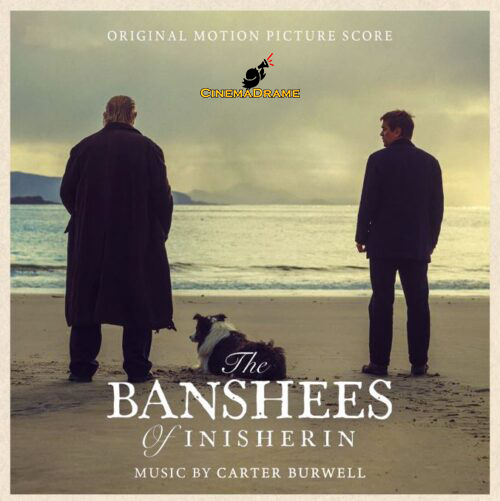
From the first minutes, the film captivates with stunning landscape shots, pulling audiences into the world with the exceptional performances of Colin Farrell, Brendan Gleeson, Kerry Condon, and Barry Keoghan.
The film’s character arcs are meticulously crafted. Every figure introduced comes with context and depth, avoiding superficiality. The dialogues are concise, meaningful, and perfectly measured—not verbose, not expositional, but rich in subtext. This precision in dialogue adds to the screenplay’s strength, keeping the viewer engaged without over-explaining.
Color is used thoughtfully to enhance storytelling and character psychology. For example:
Colm wears a turquoise shirt when explaining the breakup, symbolizing psychological strain but also renewal and self-focus. By the film’s end, this same shirt represents his spiritual growth and deep care.
Colm’s brown shirt during tense moments reflects loneliness and isolation but also certainty and strength.
Pádraic’s red pullover symbolizes his fiery emotions, anger, and conflict.
Siobhán’s bright yellow coat during her emigration signifies vitality and hope.
Colm’s internal struggle draws on Rollo May’s psychoanalysis and existentialism theories — grappling with alienation, despair, and the search for meaning and immortality. His journey moves from apathy to rebellion and ultimately to self-awareness and purpose.
The miniature donkey and dog serve as narrative symbols:
Pádraic’s miniature donkey represents the loyal, obedient friend he desires—one who listens without judgment.
Colm’s dog symbolizes a companion who is silent, loyal, caring, and accepting, even in suffering.
The film’s editing is one of its standout achievements, employing rhythmic, spatial, and temporal techniques that immerse the viewer deeply into the story. Cuts are seamless and interconnected, with careful attention to character details and pacing that sustains tension and engagement throughout.
Cinematography complements this with masterful camera work—each shot carefully composed to reinforce the narrative and emotional tone. From intimate close-ups to sweeping landscapes, the visuals consistently support the film’s themes and atmosphere.
The color grading and lighting choices are excellent, matching the film’s period setting and emotional beats. The palette is carefully curated, and lighting changes naturally with time and mood, enhancing the immersive experience.
Production design, costumes, and makeup stand out for their authenticity, accurately reflecting early 20th-century rural Ireland. The attention to cultural and historical detail highlights the director’s dedication to verisimilitude.
Performances by Colin Farrell, Brendan Gleeson, Kerry Condon, and Barry Keoghan are extraordinary. Their portrayals feel natural and deeply lived-in, with no stiffness or artificiality. They fully embody their characters, mastering dialects, mannerisms, and subtle emotional nuances.
Their physicality, voice modulation, and emotional depth create fully realized characters, each with unique behaviors, thoughts, and histories. This elevates the film’s emotional resonance and credibility.
Martin McDonagh’s direction is insightful and nuanced. His use of camera angles and symbolic imagery conveys complex themes without words—for example:
Siobhán walking from darkness toward light symbolizes hope.
Pádraic climbing the ladder with a “gunshot” visual metaphor above him suggests psychological or relational violence.
The rainbow behind Pádraic hints at his sexual orientation.
Scenes of windows and nature metaphorically depict character states and transitions.
The clothesline with symbolic colored fabrics represents character arcs and foreshadows.
The film’s use of symbolic colors and objects adds layers of meaning. For instance:
The turquoise shirt worn by Colm during pivotal moments symbolizes his psychological transformation and emotional renewal.
Brown shirts reflect isolation paired with inner strength, seen in Colm’s more solitary decisions.
Pádraic’s red pullover signals his intense emotional nature, highlighting anger and conflict.
Siobhán’s bright yellow coat during emigration embodies vitality and hope for a better future.
These choices subtly communicate character development and thematic undercurrents without explicit exposition.
The protagonist’s inner turmoil aligns with Rollo May’s existential psychology, revealing a man wrestling with anxiety, alienation, and a desire for self-actualization. His journey from indifference to rebellion and finally to self-awareness forms the emotional spine of the narrative, inviting viewers into a profound existential reflection.
Colm’s dog and Pádraic’s miniature donkey serve as narrative symbols representing facets of their owners’ personalities and relationships.
The donkey, loyal and silent, symbolizes Pádraic’s ideal companion—one who listens without judgment and provides unwavering support.
Colm’s dog, quiet and affectionate, represents comfort and loyalty, silently accepting its owner’s choices and offering solace.
These animals deepen character understanding and enrich the emotional texture of the story.
The film’s editing stands out as a crucial element, skillfully balancing rhythm, space, and time. Seamless cuts maintain narrative flow and emphasize the story’s atmospheric tension, drawing the audience deeper into the characters’ emotional worlds. The editing’s pace aligns perfectly with the film’s tone, creating an immersive experience that sustains engagement until the final scene.
Color grading and lighting are meticulously crafted to reflect the time, place, and emotional states of the characters. The palettes chosen reinforce thematic contrasts—such as hope versus despair—and remain consistent throughout, anchoring viewers in the film’s period setting. Lighting techniques enhance mood, sometimes symbolizing inner transformation or foreshadowing critical moments.
According to native Irish perspectives, production design, costumes, and makeup authentically recreate the era’s aesthetics, underscoring the director’s commitment to cultural and historical accuracy. This authenticity enriches the film’s immersive quality and lends credibility to its social critique.
The performances are a highlight—effortlessly natural and deeply embodied. Actors Colin Farrell, Brendan Gleeson, Kerry Condon, and Barry Keoghan avoid any stiffness, fully inhabiting their roles with emotional depth and precision. Their delivery, dialects, and physicality convey rich character layers without excess or redundancy, adding nuance and realism to the film.
Martin McDonagh’s direction is visually poetic, using meaningful camera angles and compositions to amplify themes and emotions:
Siobhán’s walk through a dark corridor toward light symbolizes hope amid despair.
Pádraic’s ascent on the ladder, juxtaposed with imagery resembling a gunshot wound, reflects internal conflict and self-destruction.
Symbolic elements like the rainbow indicating Pádraic’s sexual identity, and the colored clothes on the line representing fate and transformation, reveal McDonagh’s mastery in visual storytelling.
These carefully crafted shots elevate the narrative beyond dialogue, making every frame resonate with significance.
Lighting choices resonate with the historical context, demonstrating thoughtful research into the era’s lifestyle. Camera movements and framing enhance storytelling, and the sound design integrates seamlessly, further refining the screenplay’s impact.

